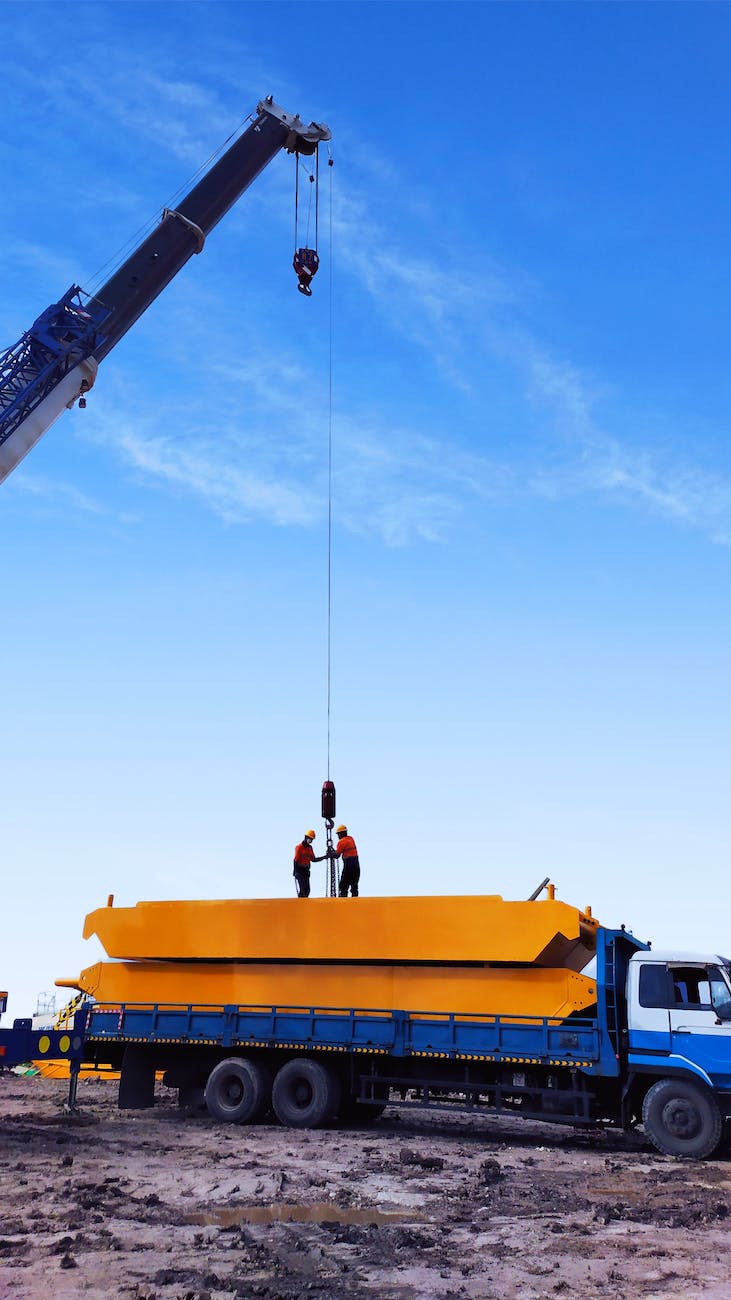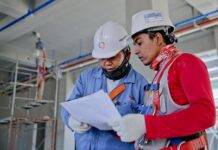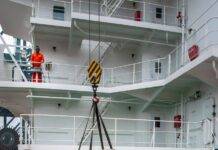
Transportation Safety Engineering: Ensuring Safe Operations in the Transportation Sector
Introduction
Transportation safety engineering is a critical discipline that plays a pivotal role in ensuring the safety of operations within the transportation sector. From roadways to air travel, this article explores the multifaceted aspects of transportation safety engineering, emphasizing its importance in minimizing risks, preventing accidents, and safeguarding lives.
Understanding Transportation Safety Engineering
Transportation safety engineering is a specialized field focused on the systematic identification, analysis, and mitigation of risks associated with transportation systems. This includes roadways, railways, aviation, maritime, and public transportation. The primary objective is to enhance safety, reduce accidents, and optimize the overall efficiency of transportation operations.
Key Components of Transportation Safety Engineering
Risk Assessment and Analysis
Transportation safety engineers conduct comprehensive risk assessments, analyzing various factors such as traffic patterns, vehicle dynamics, weather conditions, and human behavior. This analysis helps in identifying potential hazards and assessing the level of risk associated with different transportation modes.
Infrastructure Design and Maintenance
Designing and maintaining transportation infrastructure is a crucial aspect of safety engineering. Engineers focus on creating roadways, airports, and transit systems with safety in mind. This includes factors like proper signage, road markings, lighting, and maintenance practices to minimize potential risks.
Vehicle Safety Standards
Transportation safety engineering extends to establishing and enforcing vehicle safety standards. This involves ensuring that vehicles meet specific safety criteria, including crashworthiness, stability, and the incorporation of advanced safety features such as airbags, anti-lock brakes, and collision avoidance systems.
Human Factors and Behavior Analysis
Understanding human factors and behavior is essential in transportation safety. Engineers study driver behavior, pilot decision-making, and other human elements to design systems that account for potential errors and enhance overall safety in transportation operations.
Ensuring Safety in Different Transportation Modes
Road Transportation Safety
For road transportation, safety engineering involves implementing measures such as traffic calming, road signage optimization, intelligent transportation systems (ITS), and effective traffic management to reduce accidents and enhance the overall safety of road users.
Aviation Safety
In the aviation sector, safety engineering focuses on aircraft design, air traffic management, and pilot training. This includes the implementation of rigorous maintenance practices, navigation system enhancements, and the continuous improvement of safety protocols to ensure secure air travel.
Rail Transportation Safety
Rail transportation safety engineering addresses the unique challenges of railway systems. This involves implementing safety measures like positive train control (PTC) systems, track maintenance, and advanced signaling systems to prevent collisions and derailments.
Maritime Safety
For maritime transportation, safety engineering encompasses vessel design, navigation safety, and emergency response planning. Engineers work to prevent accidents such as collisions and groundings, and ensure compliance with international maritime safety regulations.
Transportation safety engineering plays a crucial role in ensuring the safe and efficient operation of various modes of transportation, including road, rail, air, and maritime. The goal is to mitigate risks, prevent accidents, and protect the well-being of passengers, operators, and the public. Here are key considerations and strategies for ensuring safe operations in the transportation sector:- Safety Regulations and Compliance:
- Stay abreast of and comply with national and international safety regulations applicable to the specific mode of transportation (e.g., Federal Aviation Administration (FAA) regulations for aviation or Federal Motor Carrier Safety Administration (FMCSA) regulations for commercial motor vehicles).
- Vehicle Safety Standards:
- Ensure that vehicles and equipment adhere to safety standards and undergo regular inspections and maintenance to address any safety-related issues.
- Incorporate advanced safety technologies, such as collision avoidance systems and automated braking, where applicable.
- Driver and Operator Training:
- Provide comprehensive training programs for drivers, pilots, and operators that cover not only technical skills but also emphasize safety protocols, emergency procedures, and defensive driving or operating practices.
- Implement ongoing training to keep transportation professionals updated on the latest safety advancements and regulations.
- Traffic Management and Control:
- Implement effective traffic management systems and control measures to optimize traffic flow, minimize congestion, and reduce the likelihood of accidents.
- Use intelligent transportation systems (ITS) to enhance real-time monitoring and control of traffic conditions.
- Infrastructure Design and Maintenance:
- Design and maintain transportation infrastructure, including roads, bridges, runways, and maritime facilities, with a focus on safety. Consider factors such as visibility, signage, lighting, and proper road markings.
- Regularly inspect and address maintenance needs to prevent infrastructure-related safety issues.
- Emergency Response Planning:
- Develop and regularly update emergency response plans specific to the transportation mode. Ensure that response teams are trained and equipped to handle accidents, evacuations, and other emergencies.
- Conduct realistic emergency drills and exercises to test the effectiveness of response plans.
- Weather and Environmental Considerations:
- Consider weather and environmental conditions when planning and executing transportation operations. Develop protocols for adverse weather situations, such as snow, fog, or storms.
- Implement real-time weather monitoring systems to provide timely information to operators and decision-makers.
- Safety Technology Integration:
- Integrate safety technologies, such as collision warning systems, automatic emergency braking, and lane departure warning systems, into vehicles and transportation infrastructure.
- Explore the use of intelligent transportation technologies, including connected vehicle systems, to enhance communication and coordination.
- Fatigue Management:
- Implement measures to address driver and operator fatigue, such as setting limits on working hours and providing rest areas for breaks.
- Encourage operators to report fatigue-related concerns and incidents for proactive intervention.
- Community and Public Engagement:
- Engage with communities and the public to address safety concerns and gather feedback on transportation operations.
- Communicate proactively about planned construction, changes in traffic patterns, and safety initiatives to raise awareness.
- Data Analysis and Reporting:
- Use data analytics to identify trends, patterns, and potential safety issues. Analyze incident reports, near misses, and other relevant data to inform safety improvements.
- Regularly report safety performance to relevant authorities, stakeholders, and the public.
- Cross-Modal Collaboration:
- Foster collaboration and information sharing between different transportation modes. Identify common safety challenges and best practices that can be applied across modes.
- Collaborate with emergency services and law enforcement agencies to enhance coordinated response efforts.
- Security Measures:
- Implement security measures to protect transportation systems from intentional harm or acts of terrorism.
- Conduct risk assessments and develop security plans to safeguard critical transportation infrastructure and operations.
- Community Education and Awareness:
- Conduct public awareness campaigns to educate the community about safe practices around transportation modes.
- Promote safety messages through various channels, including social media, signage, and community events.
- Continuous Improvement:
- Establish a culture of continuous improvement by conducting regular safety reviews, learning from incidents, and implementing corrective actions.
- Encourage reporting and investigation of near misses to identify potential hazards and prevent future incidents.
By incorporating these strategies into transportation safety engineering practices, organizations can create a safer and more resilient transportation system. The integration of advanced technologies, proactive safety measures, and a commitment to continuous improvement contributes to the overall safety and efficiency of transportation operations.Conclusion
In conclusion, transportation safety engineering is at the forefront of creating secure, efficient, and sustainable transportation systems. By addressing risks, incorporating advanced technologies, and adapting to emerging challenges, safety engineers contribute significantly to minimizing accidents and ensuring the safe operation of vehicles across various modes of transportation.
Crane Hazards and Control Measures
Web Sling Capacity Calculation
FAQs
- What is transportation safety engineering?
- Transportation safety engineering is a specialized field focused on systematically identifying, analyzing, and mitigating risks associated with transportation systems, ensuring the safety of operations.
- What are the key components of transportation safety engineering?
- Key components include risk assessment and analysis, infrastructure design and maintenance, establishment of vehicle safety standards, and understanding human factors and behavior in transportation operations.
- How does safety engineering contribute to road transportation safety?
- For road transportation, safety engineering involves measures such as traffic calming, road signage optimization, intelligent transportation systems (ITS), and effective traffic management to reduce accidents.
- What challenges does transportation safety engineering face in the future?
- Future challenges include addressing cybersecurity risks, promoting sustainability and environmental considerations, and adapting to the integration of automation in transportation.
- How does safety engineering contribute to aviation safety?
- In aviation safety, safety engineering focuses on aircraft design, air traffic management, and pilot training. This includes rigorous maintenance practices, navigation system enhancements, and continuous improvement of safety protocols.

























Great stuff, Thank you